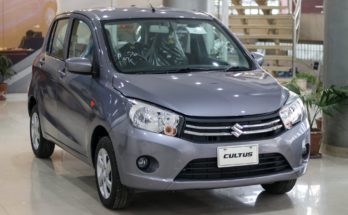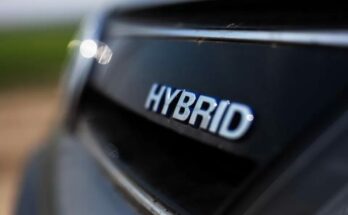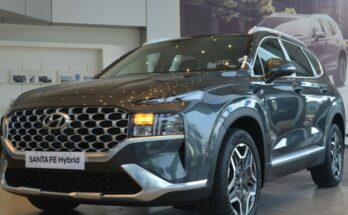Talking about cars with a rather longer production run, Lamborghini Countach is worth mentioning. Countach stunned the world due to its outrageous styling in an era when everything was analog. The super-fast car which pioneered and popularized the sharply angled “Italian Wedge” shape was produced between 1974 and 1990, marking almost 17 years of existence.

Ford Model T was one of the very first mass-produced automobiles. It was produced from 1908 to 1927, spanning almost 19 years. Fiat produced the Panda in 1980 and discontinued it in 2003. During this period they sold the Panda for a full 23 years and millions of units.
Related: Remembering The Classic ‘Lotus Esprit Turbo Challenge’ Game
Lotus Esprit is another worth mentioning car for its long production run. It was one of the most popular British sports cars that were built between 1976 and 2004. It was among the first of designer Giorgetto Giugiaro’s polygonal “folded paper” designs. During the 28 years of its lifespan, there were 4 different series released each refining the design while still retaining the original polygonal styling and the iconic pop-up headlamps.
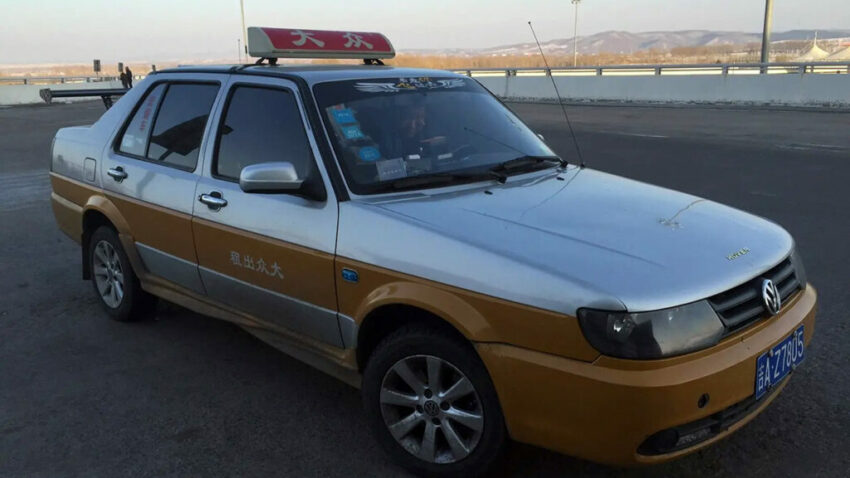
Volkswagen introduced the MK2 Jetta in 1983. They stopped their European production in 1991, however, VW transported their production lines to China and continued to produce the MK2 Jetta there. Its production finally ceased in 2013 after almost 30 years.
Related: The Evolution of Car Safety
But in all the above examples, these cars albeit mechanically the same went through major upgrades during their lifespan. Upgrades in terms of performance, aesthetics as well as comfort. However in presence of competition, these cars despite offering competitive features & equipment, and no matter how much successful, were eventually discontinued in favor of a newer model/ product.

But here in Pakistan, we have a couple of examples which are actually around for more than 4 decades and remain entirely unchanged. In fact, the older they get, the more they keep losing out on features & equipment. Thanks to the inept automotive policies, lack of competition & the absence of required checks & balances on the auto sector. The Suzuki Ravi & Bolan duo, which are the pickup & minivan iterations of the ST90 Carry model, were first produced in Japan in 1979. And to no surprise, Pak Suzuki is still “assembling” them in the year 2022 and has efficiently kept us 5 generations behind the global Suzuki Carry model.
Related: What if Supercar Blondie Review the Pak Suzuki Bolan
Over all these years, instead of improvements, the Bolan has witnessed a lot taken away from it when compared to the original ST-90 Carry minivan. The Japan-assembled 1979 Suzuki Carry came equipped with better seats, better upholstery, a beige interior, floor carpeting, chrome door handles, chrome linings, a key lock at the passenger side door, fan/ heater, radio cassette player with telescopic whip antenna, a back wiper, and rear windshield defrosters, etc, all of which have been stripped off the local assembled Bolan which continues to be sold even after 43 years against the mind-boggling price at PKR 15.0 lac. On the other hand, Suzuki Ravi is being sold for PKR 14.24 lac.

Earlier this year it was reported that Bolan & Ravi will finally be discontinued this year. Because the government in its latest Auto Industry Development and Export Policy (AIDEP 2021-26) decided that no vehicle shall be allowed to go on sale whether locally manufactured or imported, after June 30, 2022, which is not compliant with the shortlisted WP29 regulations. The shortlisted regulations include the mandatory inclusion of dual airbags (for driver & front passenger), which is technically not possible to be deployed in the obsolete Carry model.
Related: Shortlisted WP29 Regulations Yet to be Implemented
However, we are already heading toward the end of September 2022 and there is no sign of implementation of the said WP29 standards. Although the original deadline for the implementation of these standards has passed, the authorities are yet to come out of hibernation.
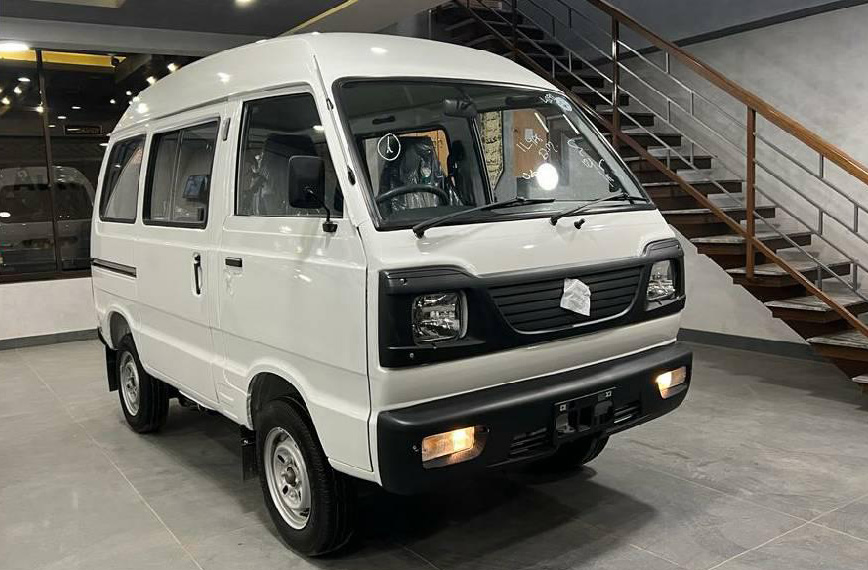
It is a matter of concern that despite making huge claims of achieving higher localization, Pak Suzuki yet remains unable to produce the simplest & the most primitive of all vehicles locally. In fact, anyone having observed a Bolan or Ravi knows there is absolutely nothing in these cars that requires complex engineering, or something which cannot be produced locally considering the era we are living in.
Related: Non-Production Days and Insufficient Localization
Furthermore, to add to the misery, Pak Suzuki has managed to sell only 227 units of Bolan and 126 units of Ravi in the month of August. Comparing the sales from the first two months of this fiscal year with that of the previous year, Ravi is suffering from a deplorable 81% decline in sales, whereas the sales of Bolan are reduced by 72%. This is mainly due to the fact that Pak Suzuki is observing non-production days while keeping its plant shut due to the absence of imported components in hand.
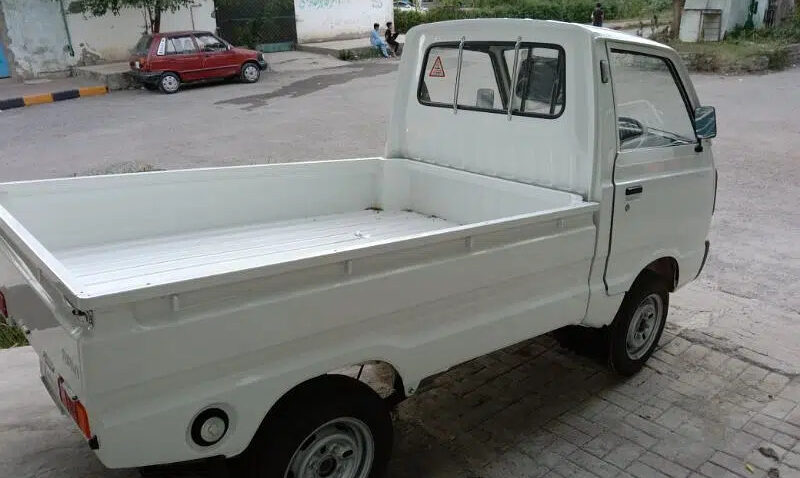
Pak Suzuki says the State Bank of Pakistan’s condition requiring prior approval for the import of specific HS codes, including completely knocked down (CKD) kits, had “adversely impacted clearance of import consignment which resultantly affected inventory levels”.
Related: Lack of Creature Comfort in Local Assembled Commercial Vehicles
According to former PAAPAM chairman, Mashood Ali Khan, the almost four-decade-old engineering sector in the automotive industry could not even indigenize parts to develop in Pakistan without the technical collaboration of their foreign partners. So as long as there are restrictions on the import of components, the hiccups in production will persist.
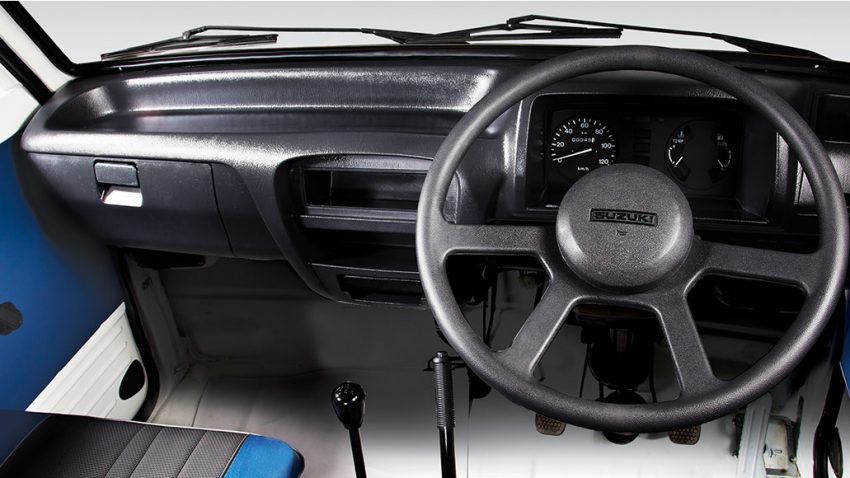
But the question is, why PAAPAM (Pakistan Association of Automotive Parts & Accessories Manufacturers) is not yet capable to produce even the most basic of things such as the ST-90 parts? It’s a complete failure on Pak Suzuki’s behalf that for more than 40 years, the company has failed to localize one of the most basic vehicles to run on the earth today.
Related: Car Sales Going Down, Where is Plan B?
And with almost 42 years into production (read assembling), the Bolan/Ravi is just about to break the record of the Type1 Volkswagen Beetle which was produced between 1938 and 1979, spanning 41 years. But with just the bare minimum to offer and the end not even in sight, the Pak Suzuki duo can continue to be sold for half a century, or maybe even more. However, the question is, will they finally decide to produce an almost 50-years old vehicle on their own, or will remain dependent to assemble it with imported parts?

A computer animation professional with over 23 years of industry experience having served in leading organizations, TV channels & production facilities in Pakistan. An avid car enthusiast and petrolhead with an affection to deliver quality content to help shape opinions. Formerly written for PakWheels as well as major publications including Dawn. Founder of CarSpiritPK.com

